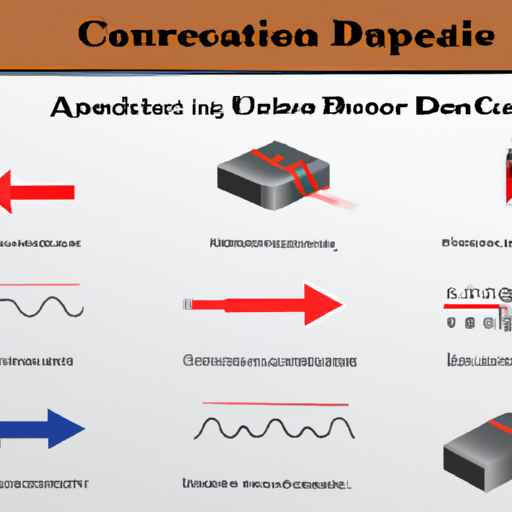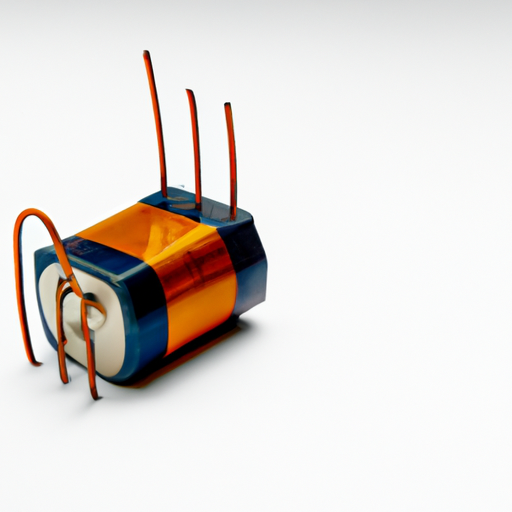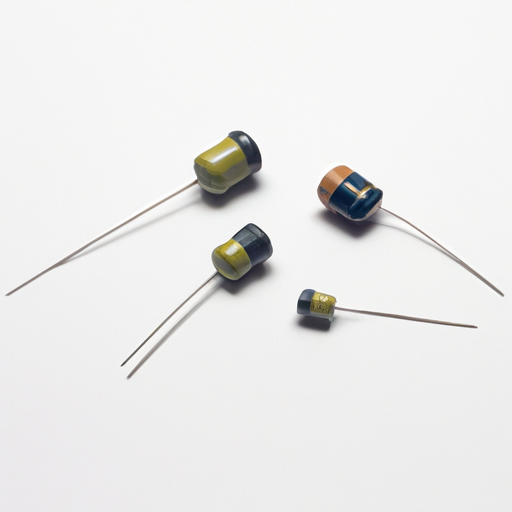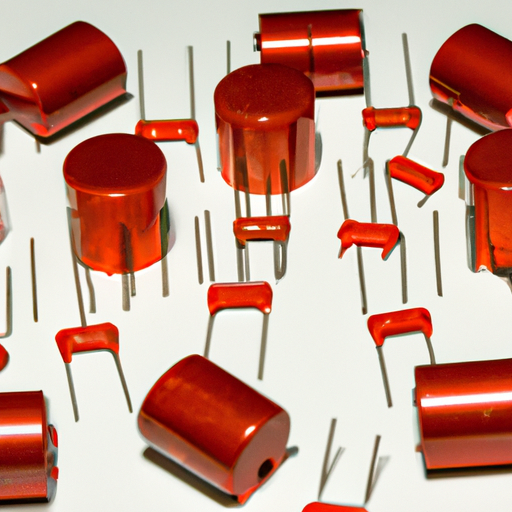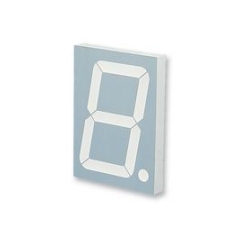What are the main application directions of inductor inductance?
What are the Main Application Directions of Inductor Inductance?
I. Introduction
Inductors are fundamental components in electrical engineering, playing a crucial role in various applications across multiple industries. An inductor is a passive electrical component that stores energy in a magnetic field when electric current flows through it. The property of an inductor that quantifies its ability to store this energy is known as inductance, measured in henries (H). Inductors are essential in circuits for energy storage, filtering, and signal processing, making them indispensable in modern technology.
This blog post will explore the main application directions of inductor inductance, highlighting their significance in power electronics, signal processing, telecommunications, automotive applications, consumer electronics, industrial applications, and future trends.
II. Basic Principles of Inductance
A. Explanation of Inductance
Inductance is defined as the property of an inductor that opposes changes in current. When the current through an inductor changes, it induces a voltage in the opposite direction, according to Lenz's Law. The inductance (L) of an inductor is determined by several factors, including the number of turns in the coil, the core material, and the geometry of the inductor. The unit of inductance is the henry (H), where one henry is defined as the inductance that produces a voltage of one volt when the current changes at a rate of one ampere per second.
B. Types of Inductors
Inductors come in various types, each suited for specific applications:
1. **Air-Core Inductors**: These inductors do not use a magnetic core, making them suitable for high-frequency applications due to their low losses.
2. **Iron-Core Inductors**: These inductors use iron as a core material, providing higher inductance values and better energy storage capabilities.
3. **Ferrite-Core Inductors**: Ferrite cores are used to minimize eddy current losses, making them ideal for high-frequency applications.
4. **Variable Inductors**: These inductors allow for adjustable inductance, making them useful in tuning circuits.
III. Power Electronics
A. Role of Inductors in Power Supplies
Inductors are critical components in power supply circuits, particularly in switch-mode power supplies (SMPS). They are used in various converter topologies, including:
1. **Buck Converters**: Inductors store energy during the "on" phase and release it during the "off" phase, allowing for efficient voltage step-down.
2. **Boost Converters**: In these converters, inductors are used to step up the voltage, storing energy and releasing it at a higher voltage level.
3. **Buck-Boost Converters**: These converters can either step up or step down voltage, utilizing inductors to manage energy flow effectively.
B. Inductors in Energy Storage Systems
Inductors also play a vital role in energy storage systems, particularly in renewable energy applications. They are used in:
1. **Inductive Energy Storage**: Inductors can store energy in magnetic fields, which can be released when needed, providing stability to power systems.
2. **Applications in Renewable Energy Systems**: Inductors are essential in managing energy flow from sources like solar panels and wind turbines, ensuring efficient energy conversion and storage.
IV. Signal Processing
A. Inductors in Filters
Inductors are widely used in signal processing applications, particularly in filters that manage frequency response. They are integral to:
1. **Low-Pass Filters**: Inductors allow low-frequency signals to pass while attenuating higher frequencies, making them essential in audio and communication systems.
2. **High-Pass Filters**: In contrast, inductors block low-frequency signals while allowing higher frequencies to pass, useful in various signal conditioning applications.
3. **Band-Pass Filters**: These filters combine both low-pass and high-pass characteristics, allowing only a specific range of frequencies to pass through.
B. Inductors in Oscillators and Tuned Circuits
Inductors are also crucial in oscillators and tuned circuits, where they work in conjunction with capacitors to create resonant circuits. Key applications include:
1. **LC Circuits**: These circuits consist of inductors and capacitors, generating oscillations at specific frequencies, which are vital in radio frequency (RF) systems.
2. **Applications in RF Systems**: Inductors help in tuning and filtering signals in RF applications, ensuring clear communication and signal integrity.
V. Telecommunications
A. Inductors in Communication Systems
In telecommunications, inductors are used for various purposes, including:
1. **Impedance Matching**: Inductors help match the impedance of different components in communication systems, ensuring maximum power transfer and minimizing signal loss.
2. **Signal Conditioning**: Inductors are used in signal conditioning circuits to filter and enhance signal quality, crucial for reliable communication.
B. Role in Transformers and Coupling
Inductors are also integral to transformers and coupling in telecommunications:
1. **Isolation Transformers**: These transformers use inductors to isolate different parts of a circuit, enhancing safety and reducing noise.
2. **RF Transformers**: Inductors in RF transformers help in impedance matching and signal coupling, essential for efficient RF signal transmission.
VI. Automotive Applications
A. Inductors in Electric Vehicles (EVs)
Inductors are increasingly important in the automotive industry, particularly in electric vehicles (EVs):
1. **Power Management Systems**: Inductors are used in power management systems to regulate and distribute power efficiently within the vehicle.
2. **Battery Management Systems**: Inductors help manage battery charging and discharging, ensuring optimal performance and longevity.
B. Inductors in Traditional Automotive Systems
In traditional automotive systems, inductors are used in various applications:
1. **Ignition Systems**: Inductors play a role in ignition systems, helping to generate the high voltages needed to ignite fuel in combustion engines.
2. **Audio Systems**: Inductors are used in audio systems to filter and enhance sound quality, ensuring a better listening experience.
VII. Consumer Electronics
A. Inductors in Power Adapters and Chargers
Inductors are commonly found in power adapters and chargers, where they help regulate voltage and current, ensuring safe and efficient charging of devices.
B. Inductors in Audio Equipment
Inductors are also used in audio equipment, including:
1. **Speakers**: Inductors help manage the flow of electrical signals to speakers, enhancing sound quality and performance.
2. **Amplifiers**: In amplifiers, inductors are used in filtering circuits to improve audio fidelity and reduce noise.
VIII. Industrial Applications
A. Inductors in Motor Drives
Inductors are essential in industrial applications, particularly in motor drives:
1. **Induction Motors**: Inductors are used in induction motors to manage power flow and improve efficiency.
2. **Servo Motors**: In servo motors, inductors help control position and speed, ensuring precise operation in automation systems.
B. Inductors in Automation and Control Systems
Inductors are also used in automation and control systems:
1. **Sensors**: Inductors are used in various sensors to detect changes in magnetic fields, enabling automation and control.
2. **Actuators**: Inductors help control actuators, ensuring accurate movement and operation in industrial applications.
IX. Future Trends and Innovations
A. Advancements in Inductor Technology
The future of inductor technology is promising, with advancements in:
1. **Miniaturization**: As electronic devices become smaller, the demand for compact inductors is increasing, leading to innovations in design and materials.
2. **High-Frequency Applications**: The rise of high-frequency applications, such as 5G technology, is driving the development of inductors that can operate efficiently at higher frequencies.
B. Emerging Applications
Inductors are expected to play a significant role in emerging applications, including:
1. **Electric and Hybrid Vehicles**: As the automotive industry shifts towards electric and hybrid vehicles, inductors will be crucial in power management and energy storage systems.
2. **Internet of Things (IoT)**: The proliferation of IoT devices will require efficient inductors for power management and signal processing, driving further innovation in this field.
X. Conclusion
In conclusion, inductors and their inductance play a vital role in various applications across multiple industries. From power electronics and signal processing to telecommunications and automotive applications, inductors are essential for efficient energy management and signal integrity. As technology continues to evolve, the importance of inductors will only grow, with advancements in design and materials paving the way for new applications and innovations. Understanding the main application directions of inductor inductance is crucial for engineers and technologists as they navigate the ever-changing landscape of modern technology.

